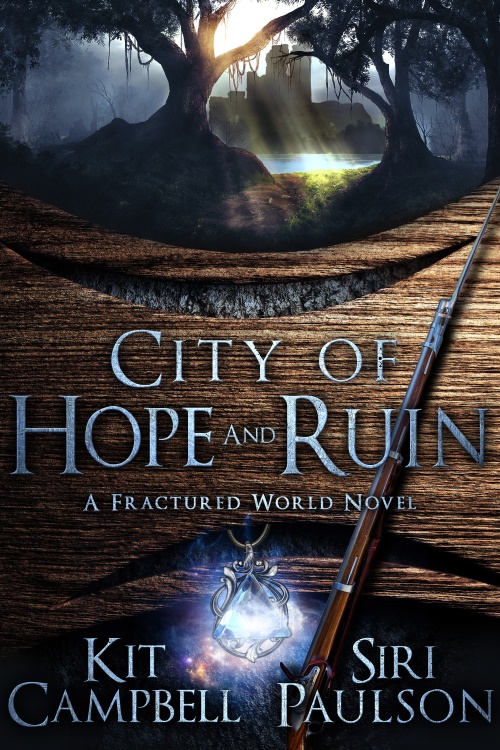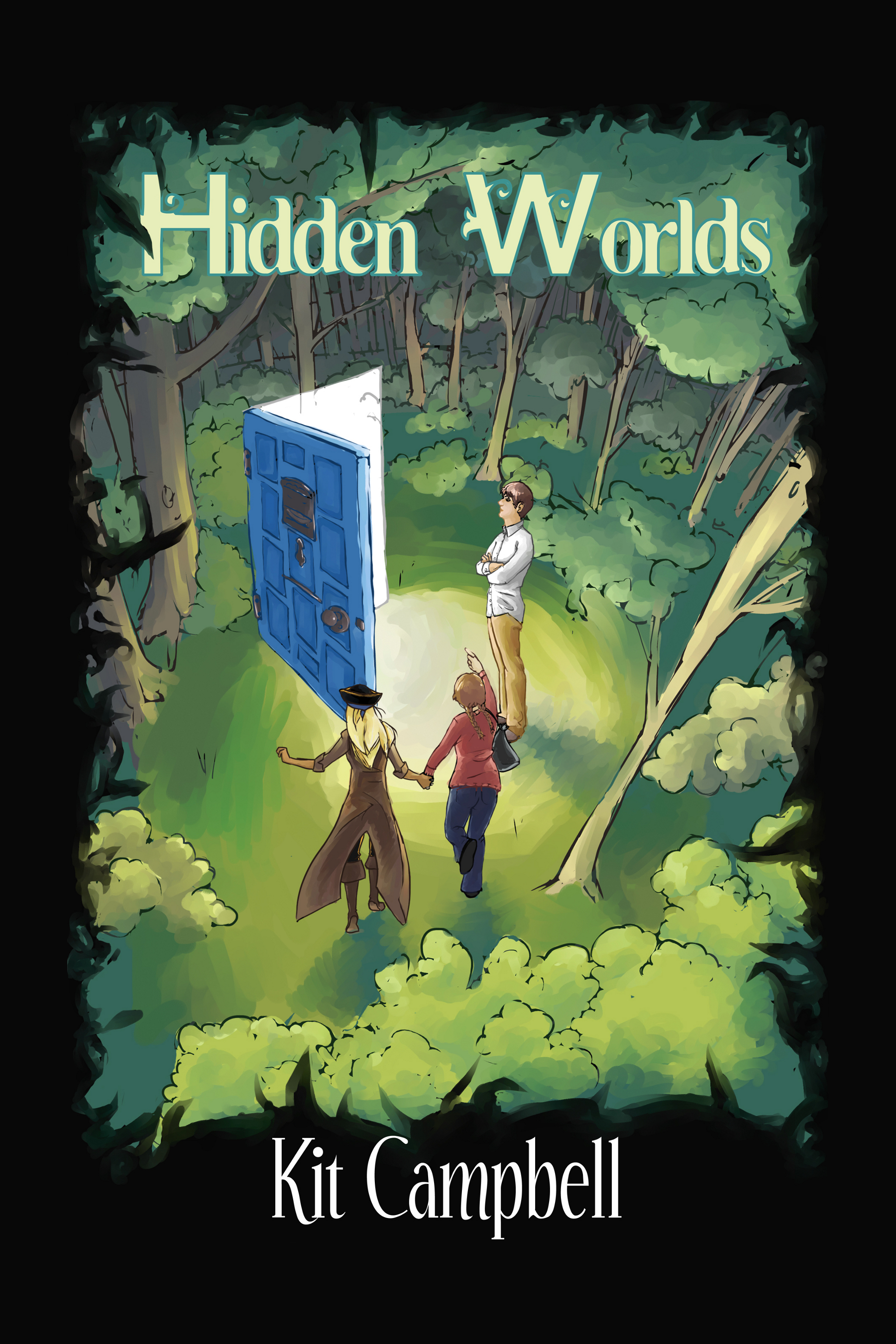Let’s move into our nonfiction topic, shall we, Squiders? Before we can get into the nitty gritty of publishing and submitting, it will help to know about the general types of publishing so you can consider what’s best for you and your goals.
Publishing basically comes down to three types:
- Traditional publishing
- Self publishing
- Hybrid publishing
Traditional publishing
Traditional publishing can essentially be boiled down to “someone pays you for your writing.” Someone who is traditionally published has submitted their manuscript to a publisher, has had it go through an acceptance process, and gives the rights of the story to the publisher in exchange for something, which typically is some sort of monetary reward. It is called “traditional” because this is the way the publishing industry has generally operated over the past hundred years or so, with the publishers acting as the gatekeepers for what was acceptable or of good quality.
Self publishing
Self publishing, as an antithesis to traditional publishing, is when you publish without any oversight. Someone who is self published has made their manuscript available when they wanted to without having to go through any sort of gatekeeper. Self published people often have to wear many hats, as they must do everything themselves or hire their own help, such as editors, proofreaders, cover designers, etc. It is “self” publishing because the author remains in full control.
Hybrid publishing
Hybrid publishing is, as it sounds, a combination of traditional and self publishing. This can take many different forms and often varies from author to author. Someone might, for example, traditionally publish novels, but self publish novellas or short stories in between so their readers can have new content. Someone may self publish their novels but send their short stories off to magazines. Some people may traditionally publish one genre and self publish a different one.
What about indie publishing?
Indie publishing is hard to define. Indie, or independent, publishing, in some cases, can be used interchangeably with self publishing. In general, indie published people do not go through any sort of formal submission or publishing model. Indie published authors usually retain full control of their manuscripts and their rights. For some people, the difference between being self published versus indie published lies in the end goal: is writing a hobby? Is this release a one-time thing? Or do you intend to make a career out of this, regularly releasing new content? The distinction is that someone who is self published is a hobbyist, whereas someone who is indie published is someone who is trying to make a career/business out of their publishing.
What about vanity publishing?
It used to be that self and vanity publishing were used interchangeably, but with the event of print-on-demand and e-readers were authors can interact directly with readers, the two forms of publishing have separated. Vanity publishing is when you pay someone else to publish you, making it the direct opposite of traditional publishing. Vanity publishers are often consider to be scams, since they will publish you, no matter the quality of your manuscript, as long as you pay them money. Vanity publishers may offer a variety of services, such as editorial work or cover design, but the quality may vary wildly.
Types of publishing I’ve left out? Questions on the basic definitions?



